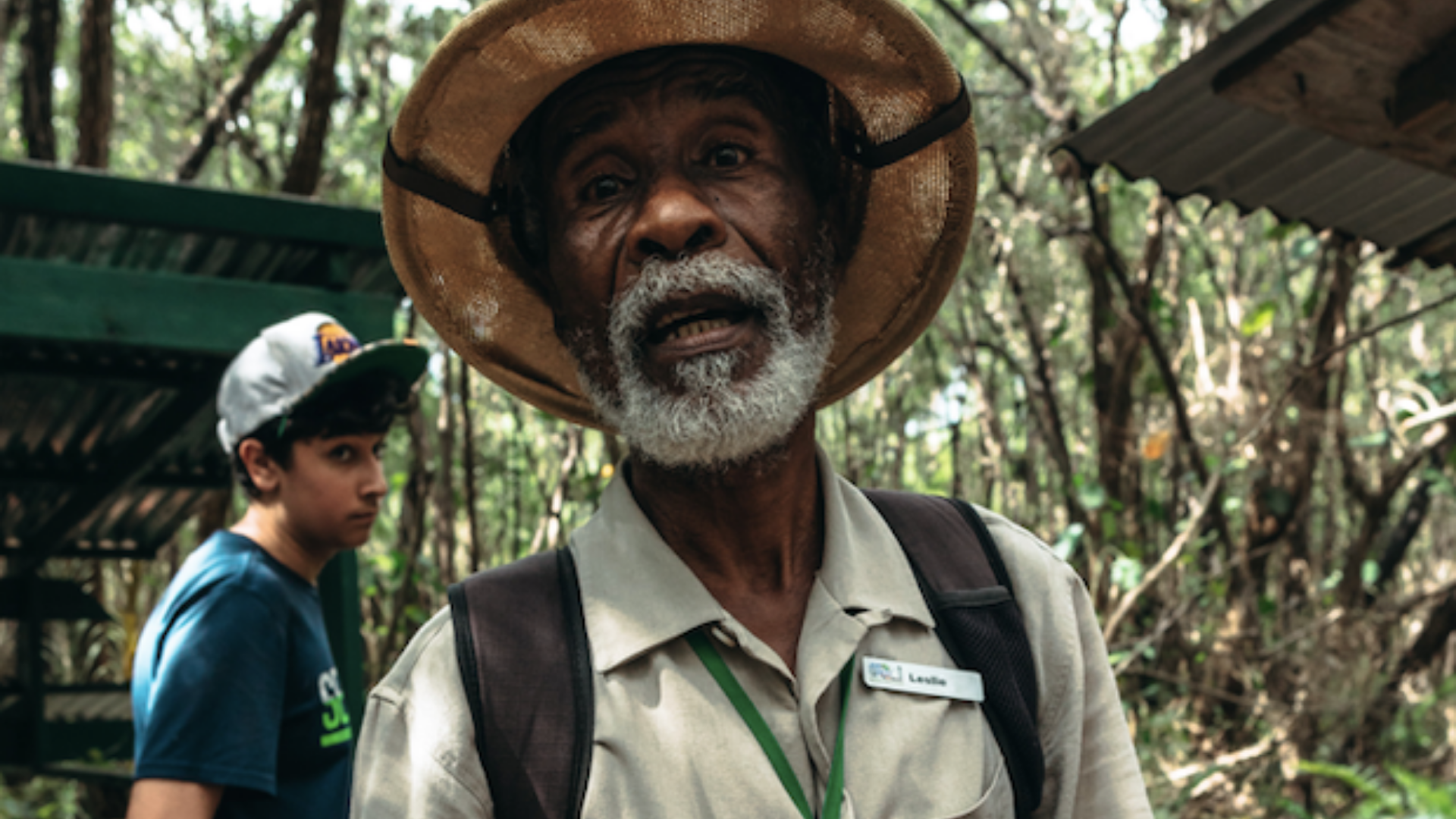Many tour operators still feel pressure to add a virtual tour to their line-up.
Some see it way to generate extra income temporarily but others are open to a virtual tour being a permanent part of their product line. I am a HUGE fan of this.
Travel is (was?) very exclusive.
A traveler must have the privilege of time, money, and access (I’ve always found it naive of Americans to complain about a ‘difficult’ Visa process when there are passports that have a limited amount of places they can travel to at all…).
Furthermore, we, the travel industry, society, have perpetuated an image of a ‘travel’ as ‘exotic’ and fare-off destinations exclusively (picture a tall, thin blond in a red flowy dress at a lush resort in Morocco…).
What about local travel?
I can give you the location of a food court in Flushing, Queens (the ‘non-touristy Chinatown’ of NYC) that will basically bring you to Taipei between the food options and demographic of shoppers.
Yes, adding a virtual tour to your line-up is a great way to engage your customers and throw a bit of money towards your out-of-work guides…
But Virtual Tours are also one step closer to making travel more accessible, giving more people the opportunity to become ‘travelers’.
So let’s make an effort to make them not just a Pandemic Plan, but amazing experiences that can expand your product offerings and your market.
In this article, I’m going to go cover the two things you need to consider before creating your virtual tour.

Share this article
Two important things to consider when creating a Virtual Tour.
1. What is the platform?
In order to create your online experience, you need to first decide which platform you will use; Facebook Live, Zoom, Instagram Live, or other platforms.
There are countless benefits and disadvantages, and you also have to think about which platform your audience is already on or would be the most comfortable on.
Things to consider;
- Functionality (can there be multiple ‘managers’ on a call to take of things like answering comments? How does the screen share work? How does the chat work? Are there other interactive features such as polls?)
- Security (is the platform password protected if you are offering a paid tour? do you have an easy way to deal with any disruptions such as someone who can’t/won’t turn off their microphone?)
- Ease of Use (does the platform require an App to be downloaded?)
Related articles:
2. How is your guide on-camera?
An amazing tour guide does NOT necessarily have the right skills to crush a live on-camera experience*.
Even though there is often cross-over, these are two completely different skillsets.
Some things to consider;
- How comfortable is the guide with tech?
- Are they comfortable putting together a presentation (or are you giving them a template/images to use)?
- Will the guide be able to easily monitor the comment section while they give their tour?
- Does the guide have the proper space to be on-camera (good lighting, quiet, a decent microphone, etc.)
- Is a guide comfortable with giving a tour with zero live feedback (it’s very different to be, seemingly, talking to yourself in a room, rather than feeding off of the energy of a group of people)
*If you’re a guide, I’ve written a separate post entirely on how to give an amazing Virtual Tour.


